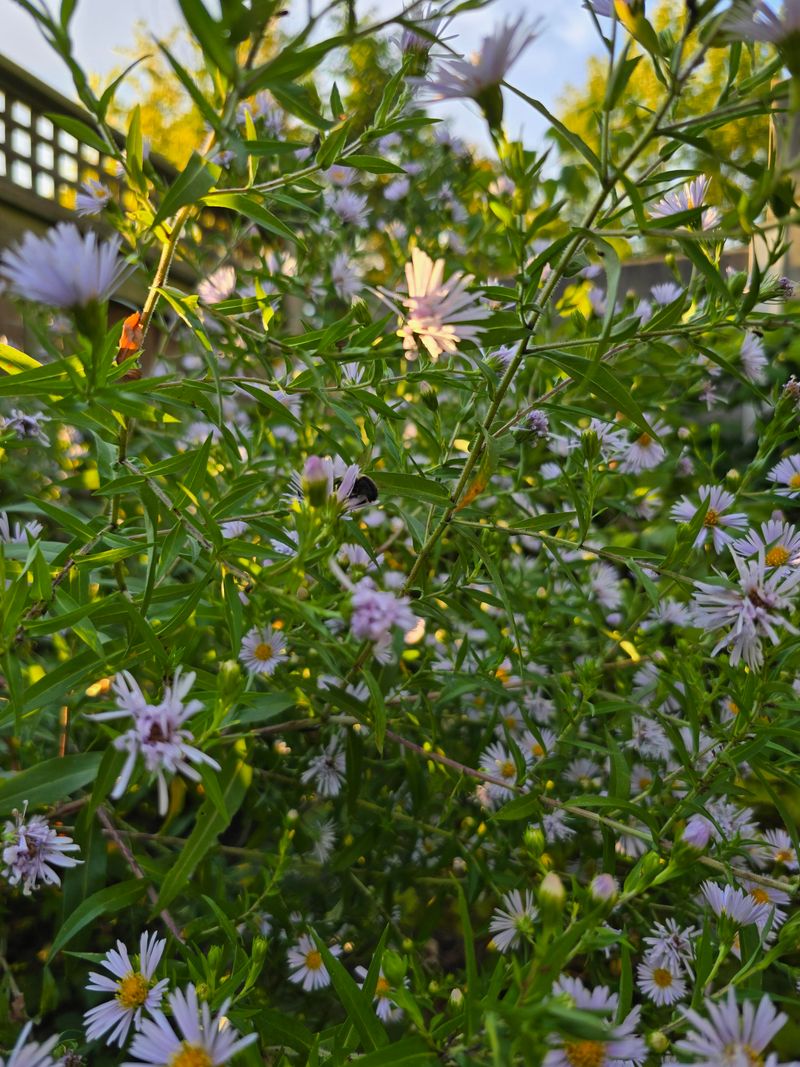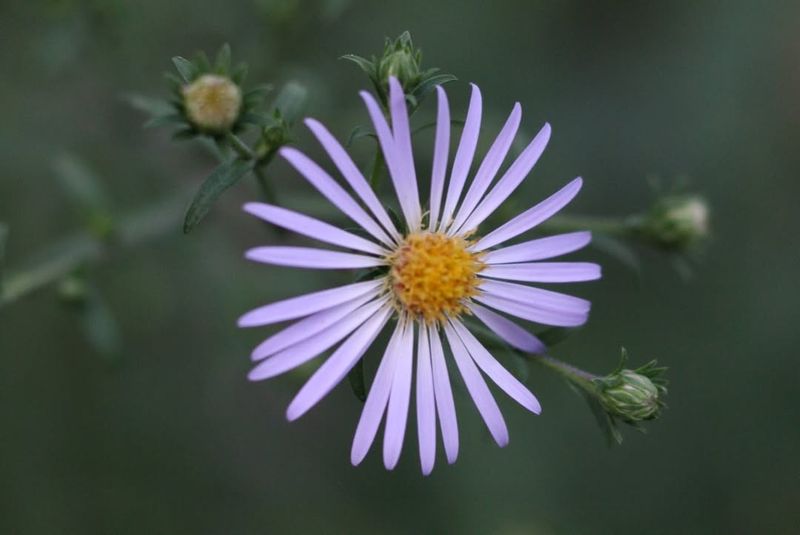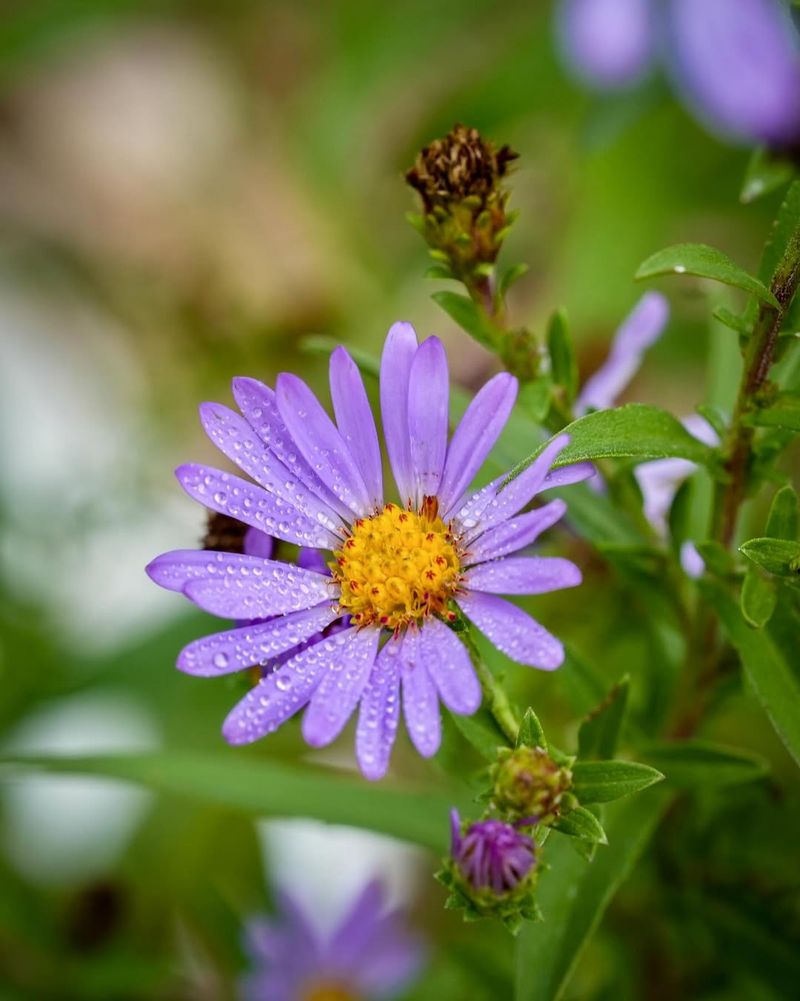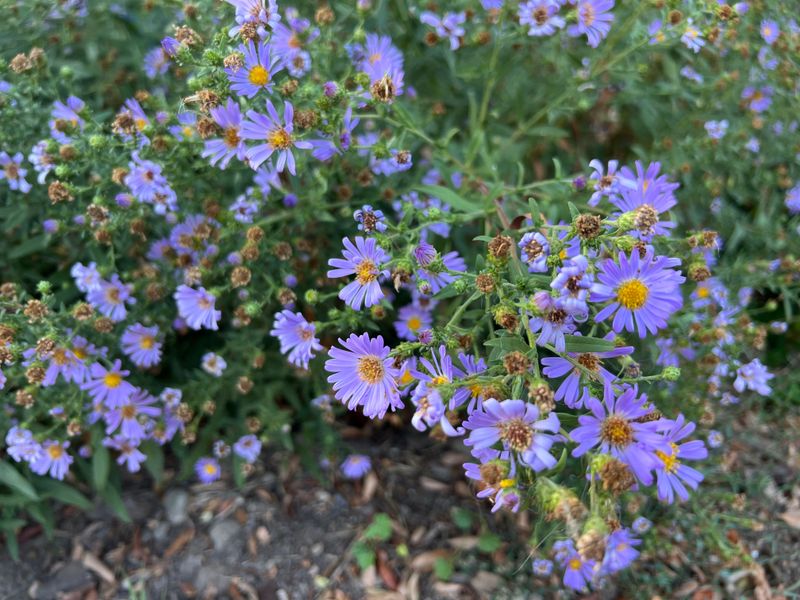California native asters bring brilliant purple, pink, and white blooms to gardens when most other flowers have faded away. These tough wildflowers thrive in dry conditions and need almost no care once established, making them favorites among busy gardeners.
Best of all, they attract butterflies and bees during fall when pollinators need food most.
Bloom When Others Fade
Most flowers quit blooming by mid-summer, but native asters just get started. Their cheerful daisy-like flowers appear from August through November, creating splashes of color when gardens look tired.
California gardeners love this late-season show because it keeps yards looking fresh through fall. Pollinators appreciate the timing too, since many flowers have already dropped their petals by then.
Drought Champions After Establishment
Water bills worry many California homeowners, but asters solve that problem beautifully. Once their roots dig deep during the first year, these plants handle summer heat without weekly watering.
Give them occasional drinks during extreme heat waves, and they’ll reward you with healthy growth. Native plants evolved here over thousands of years, so California’s dry summers feel natural to them.
Butterfly And Bee Magnets
Watch your garden come alive when asters bloom. Monarch butterflies, native bees, and other pollinators flock to these flowers like kids to ice cream trucks.
Fall migration timing means butterflies desperately need nectar sources, and asters provide exactly that. Creating pollinator habitat helps struggling insect populations while giving you a front-row seat to nature’s beauty right in your backyard.
Multiple Species Suit Different Spaces
California boasts several native aster species, each with unique characteristics. Tall varieties like Pacific aster reach four feet and work great as background plants, while compact types stay under two feet for borders.
Flower colors range from deep purple to soft lavender and white. Matching the right species to your space ensures success whether you’re planting containers, slopes, or wide garden beds.
Minimal Maintenance Requirements
Forget about fussy care routines with these wildflowers. Asters don’t demand fertilizers, pesticides, or constant attention like many garden plants do.
Cutting them back in late winter keeps plants looking tidy, but that’s basically it. Their natural resistance to local pests and diseases means you’ll spend more time enjoying them than working on them, which sounds perfect for weekend gardeners.
Excellent For Wildlife Habitat Gardens
Building backyard ecosystems becomes easier with native plants like asters leading the way. Birds hunt insects attracted to the flowers, while beneficial bugs find shelter among the stems.
Native plant gardens support entire food webs rather than just looking pretty. Asters contribute seeds for songbirds after blooming finishes, extending their value through winter months when food sources become scarce for wildlife.







